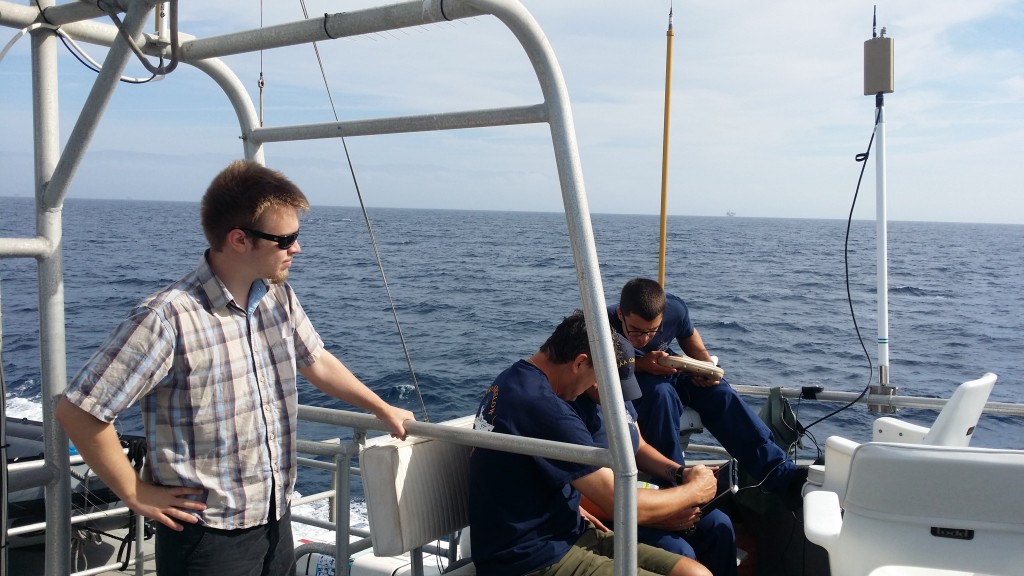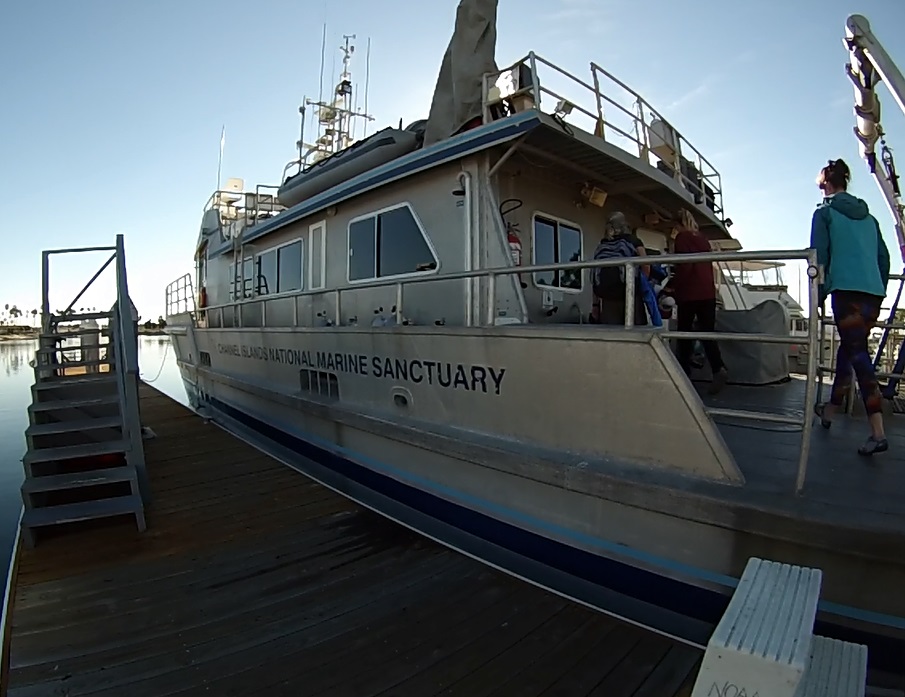





It is no doubt that I did have my reservations of biased opinions when it comes to President Reagan. But it has come to my attention that this man not only claimed he cared about the people, he showed it in his actions. To me that’s really all one can do in his position, even when facing all that he had to.
On January 3rd, 1966, Governor Reagan at a time of financial crisis for California, spoke with great optimism. The state of California was facing a huge budget deficit, the highest taxes in the nation, a frightening crime rate, air and water pollution, and exploding welfare costs. In this time he had spoken with great words of wisdom in stating that, “Our problems are many but our capacity to solve them is limitless” (Reagan). Just that in itself, helped me see the importance of having the consistency in a philosophy like his. The philosophy being to aim for economic freedom, smaller government, fewer regulations, and lower taxes. This stood out to me as I passed by not only because it had it’s own spotlight, but because it gave the President credibility in his optimism towards our country even in the many hardships we were facing at that moment in time. It also presented a very good explanation as to why he became Governor in the beginning of his journey to Presidency.
The speech called, “A Time for Choosing” was evident in the museum as to what shaped Reagan as an individual and made him such a popular candidate for Governor. In reading about how he at first resisted the call to run, made me grow fond of him as a person. I say person because in his speech he had stated that, “I am not a politician, I am an ordinary citizen with a deep-seated belief that much of what troubles us has been brought about by politicians” (Reagan). The way Reagan established his connection with the people made him so much more empathetically appealing as a Governor. His humility struck me to the core in awe of the way he moved through his journey. Seeing this made me more intrigued in being able to continuously walk through the museum with great admiration of Ronald Reagan himself.
Following the title of Governor Reagan came most promisingly, President Reagan. His promises to create a smaller government, lower taxes, and build a strong national defense, made him a good candidate in this time period. Reagan stated that, “More than anything else, I want my candidacy to unify our country; to renew the American spirit and sense of purpose” (Reagan). In that, I could see the way he saw his own purpose and captivated that through his speech. Reagan’s “Vision for America” stood out in his passion for the people of America’s purpose. He inspired the people in a way that every President should, but not many could.
The video of the Presidential Assassination attempt in March of 1981, made me well aware of his faith in acceptance of whatever is to come of his life. This event, in the way he dealt with it and viewed it established his humility and gratitude for being given a second chance. In turn, he gained a lot of respect when he responded to this event writing in his diary, “Whatever happens now, I owe my life to God and will try to serve Him in every way I can” (Reagan). I see why the museum emphasized on his faith because I see now that that’s something he greatly valued in his life which showed in his actions during his two termed Presidency.
November 5, 1994 was the day the truth came out for the well-respected President. Reagan opened up in a letter he wrote to the American people about having Alzheimer’s disease. I had come across this letter in a glass case in awe of what he stated being in his condition, Even with the disease he had, he still seemed so strong in his faith and accepting of the tough experience he had to go through. It amazed me that even in his condition,, he could still write so beautifully with such inspiring words of wisdom and integrity. President Reagan was a great example for the American People, even in spite of the many challenges he had to overcome in his two terms. In the end, as he was suffering the most physically, I still saw the strength he had in the foundation of his values. It was evident in the sense that President Reagan was and always will be a great inspiration to us all.
Digging deeper in the emotional impact of the letter, Reagan writes about working together in progress for the future of our great nation. He then goes on about the importance of keeping faith, trying our best, and moving forward in knowing that we did everything that could be done. Then he closed with a touching thank you to everyone. To me, this resembled a significant viewpoint in the way President Reagan cared for the people and had genuine intentions to be the voice of the people. This showed me just how much he unconditionally believed in our country to be good together. In this letter I saw the essence of who he was; and that’s saying a lot considering it’s just two pages.
One key emotional element I had felt when reading this letter, was compassion. I felt greater compassion for what he went through and that compassion didn’t sadden me, it inspired me. This was evident as to why the museum ended on that note, because that was the lasting impact he had. I think it was designed in full circle to evoke that compassion which ultimately lead to inspiration. The same feeling everyone seeks to feel when going to any kind of museum; we crave to feel inspired by those who are seen as important either in history or the present.
After reading this letter, I not only had great respect for him as an individual, I had admired him for the bigger picture of who he was. I think that’s what this library and museum did for President Ronald Reagan. The museum carefully portrayed how he cared about us, which in turn makes us only care that much more about him. He believed in the good of the people, which is why the museum only portrayed the good in him. Some people might say it’s pretentious to do so, but ultimately this letter resembles the whole story. Reagan was and will always be devoted to the people cares about, and he cared greatly for the American people, his family, and God. That’s what he wrote about in his letter. His belief that we can do as much good in this world as he saw in all of us.
In all honesty, the truth is the letter, the museum, the library, all of it resembles his truth. Reagan wasn’t a perfect President, neither was any other President for that matter. But he did do one thing, he lead by example in knowing his truth. Yes, maybe his truth wasn’t good enough for everyone but that doesn’t matter. Because through every experience he encountered, we the people got to see a strong, devoted, and compassionate individual who took not so great circumstances, and transformed them into the United states we see today. Whether that looks bad or good to anyone is ultimately their choice to see it that way. Not Reagan’s, not Obama’s, because they didn’t and don’t get to choose. They just believe in our country regardless of what happens and see to it that we change to be better for the future endeavors of America.
Furthermore, the true essence in Reagan’s history lies within the last letter he wrote to the American people. The object is significant in the sense of it’s underlying meaning towards the way he carried himself through every event in the timeline of his life. Reagan was strong in his relationship towards God regardless of what happened outside of him. That was consistent throughout his two terms as President of the United States of America. Reagan showed the kind of President he wanted to be through his actions. This letter reflected his intentions so profoundly in his honesty about what he was going through with having alzheimer’s disease.
Overall, the letter represents the deep struggles both President Ronald Reagan and his wife had to endure. As he wrote, “In the past, Nancy suffered from breast cancer and I had cancer surgeries. We found through our open disclosures we were able to raise public awareness” (Reagan). To me, this made me understand the truth behind this letter and the reason why it had it’s own individual section. This letter in all aspects addressed the way both Reagan and his wife Nancy, decided to open up about their personal experiences. Their deep understanding and acceptance was there to help the people to better understand and accept themselves, physically healthy or not. His outing in this letter was created for people to get more informed on their condition and to know that even the President isn’t immune to suffering. Ultimately, President Reagan seemed to always want to be seen as an ordinary citizen in society that just deeply cared about creating change for the people. Towards the end of his life, that’s the truth that I believe the museum wanted to portray. His humility and faith even in the position he was, carried him through the Sunset of his life.
The truth behind Reagan’s story is evident within the letter represented in the glass case at the Ronald Reagan Museum. The moment of his confession to having Alzheimers made him relevant to society and the ordinary citizen. I discovered the truth through looking into Reagan’s past as I walked through the museum and saw why he was who he was. The one thing that was clear throughout his entire journey was that from early on he knew his purpose. I am a firm believer of everything happening for a reason, and I think Ronald Reagan became President to help the American People see their purpose in this society. He inspired people to find that through his actions in his whole lifetime. Even till this day it was amazing to see the how packed and popular the museum was on an ordinary Friday afternoon. I think that in itself is telling of how accurately the artifacts, messages, audio, and video recordings resemble Ronald Reagan’s journey in the truth of who he was as President.












